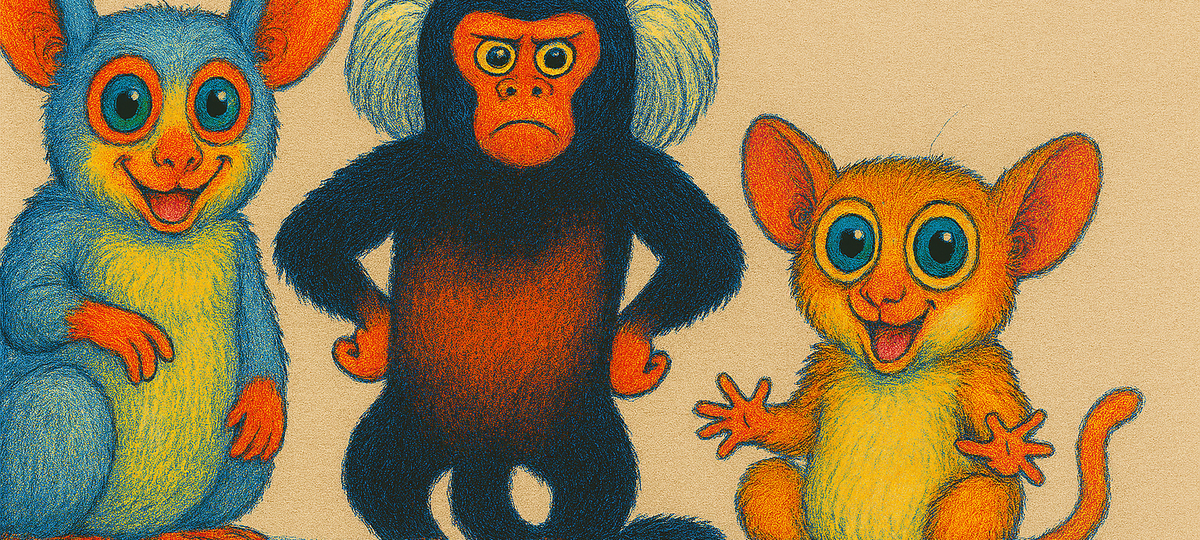
https://www.gosh.nhs.uk/news/researchwhat-do-bush-babies-tamarin-monkeys-and-mouse-lemurs-have-that-humans-dont/
What do bush babies, tamarin monkeys, and mouse lemurs have that humans don’t?
28 Aug 2025, 10:41 a.m.
A vertically growing pelvis.
Yes, really.
While these adorable primates are busy leaping through trees with their tall, narrow pelvic bones, humans took an evolutionary detour. We flipped our pelvic growth sideways - and it changed everything.
In a new study, led by Harvard University and supported by GOSH radiographers and radiologists, researchers uncovered how a dramatic shift in the orientation and timing of pelvic bone development helped shape one of our most iconic human traits: walking upright.
The US team did detailed genomic analysis and complex studies of many animals but they asked the GOSH imaging team, led by Professor Owen Arthurs, to help due to their expertise with non-invasive imaging of small babies.
Dr Ian Simcock, Clinical Academic Radiographer at GOSH and UCL Great Ormond Street Institute of Child Health said:
“This study is a brilliant example of how clinical imaging data can be repurposed to answer fundamental questions about human evolution. By contributing prenatal imaging from GOSH, we helped the team reconstruct how the human pelvis forms in the womb - offering new insights into how our species came to walk upright.
“We’re proud that imaging data from Great Ormond Street Hospital played a key role in this landmark international study. It shows how clinical expertise, particularly understanding human anatomy and development, can contribute not just to helping patients, but to understanding the deep evolutionary history of the human body.”
The imaging work at GOSH was supported by infrastructure from our NIHR GOSH Biomedical Research Centre.
The two-step evolution of walking on two legs
Using rare developmental samples, museum archives, cutting-edge genomics, and state-of-the-art scanning technology at GOSH, the team discovered that:
- Human pelvic cartilage grows sideways, not vertically like in other primates, like bush-babies and lemurs.
- Bone formation starts late and on the outside, giving our pelvis its bowl-like shape—perfect for walking, balancing, and eventually, giving birth to big-brained babies.
These changes are so unique, they don’t show up in mice, gibbons, or even chimpanzees and they’re controlled by a complex genetic network.
Why does this matter?
This sideways growth and delayed bone formation allowed the human pelvis to expand in width, not height—creating space for upright locomotion and the muscular attachments needed for walking, running, and even dancing.
Teams at GOSH were able to show that some children with difficulties in the shape of their pelvis had variations in the important genes related to pelvis development discovered in this research.
Take a look for yourself
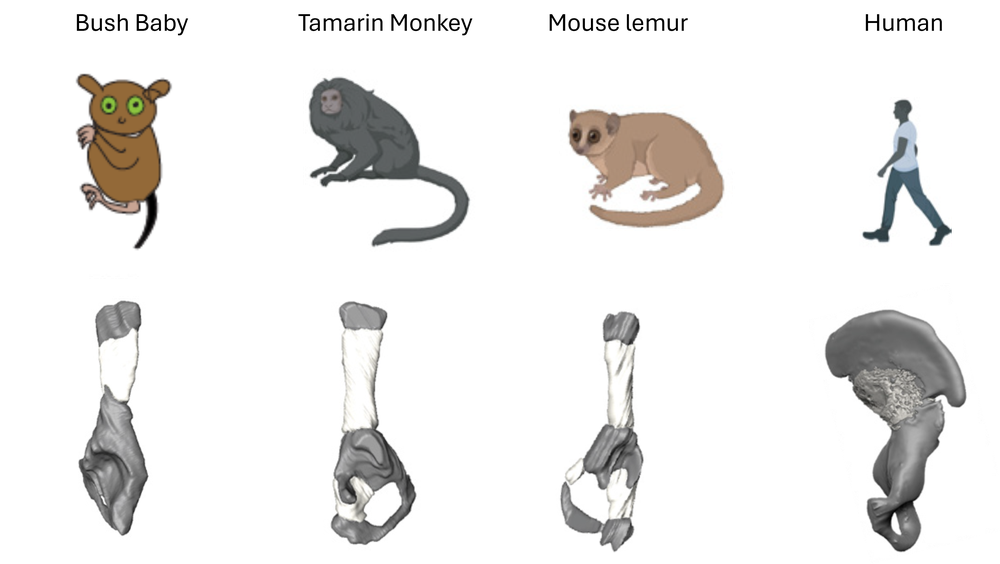
The animals on the left all have long thin development of their pelvis where as the human anatomy is shaped more widely.
Bush babies, tamarins, and mouse lemurs may not walk on two legs, but they helped us understand how we do. Their vertically growing pelvises are a window into our past—and a reminder that evolution is full of surprises.
You can read the full article at the scientific journal, Nature.
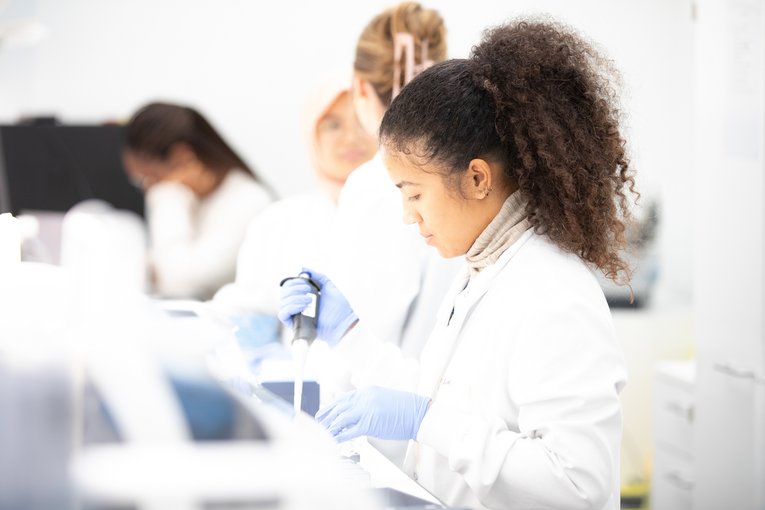
NIHR launches £13.7m investment into brain tumour research
The National Institute for Health and Care Research (NIHR) has announced a £13.7 million investment that will support ground-breaking research to develop novel brain tumour treatments in the UK.
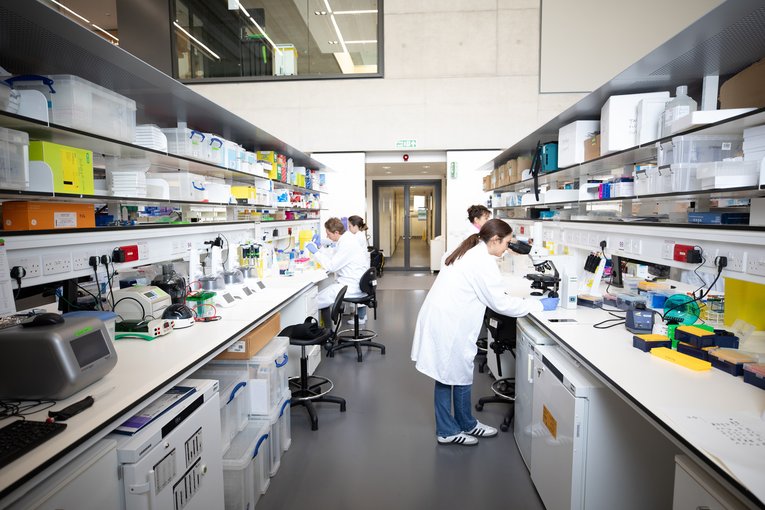
New consortium aims to help improve care for arthritis patients
A new UK-led research group, including Great Ormond Street Hospital and University College London, aims to improve the lives of children, young people and adults with arthritis by defining for the first time what being in ‘remission’ from arthritis truly

Update for patients and families on industrial action - December 2025
As you may be aware, some of our Resident Doctors will be taking part in planned industrial action from 7am on Wednesday 17 December to 7am on Monday 22 December.
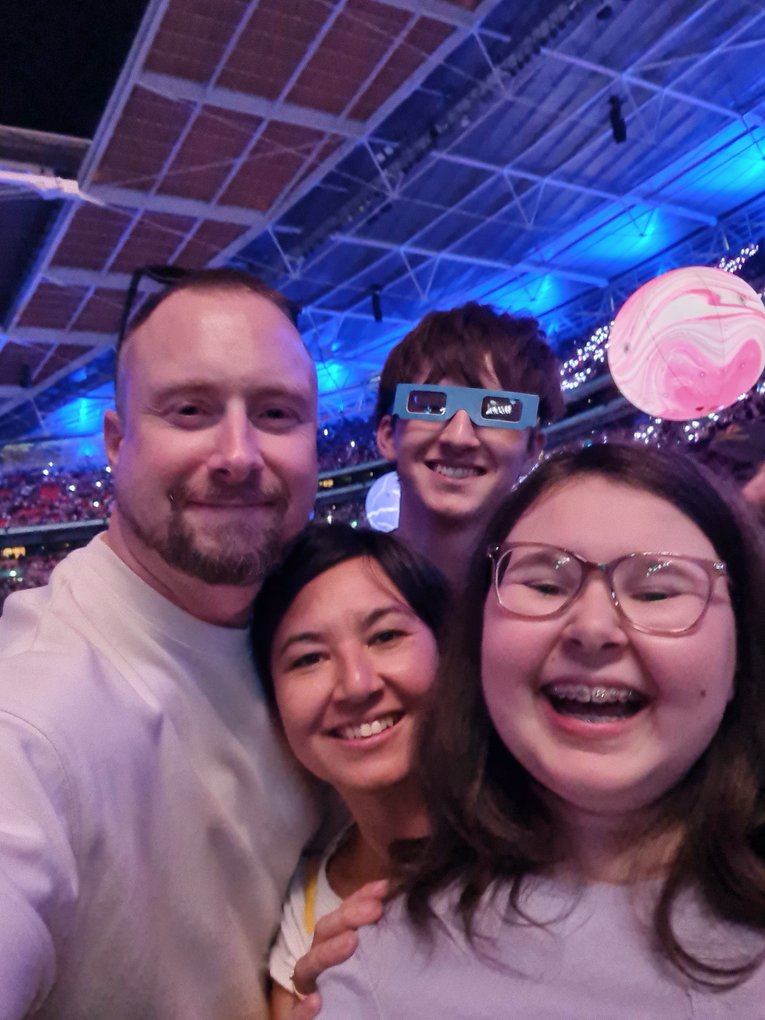
‘Ready-made’ T-cell gene therapy tackles ‘incurable’ T-Cell leukaemia
A groundbreaking new treatment using gene-edited immune cells, developed at GOSH and UCL has shown promising results in helping children and adults fight a rare and aggressive cancer
